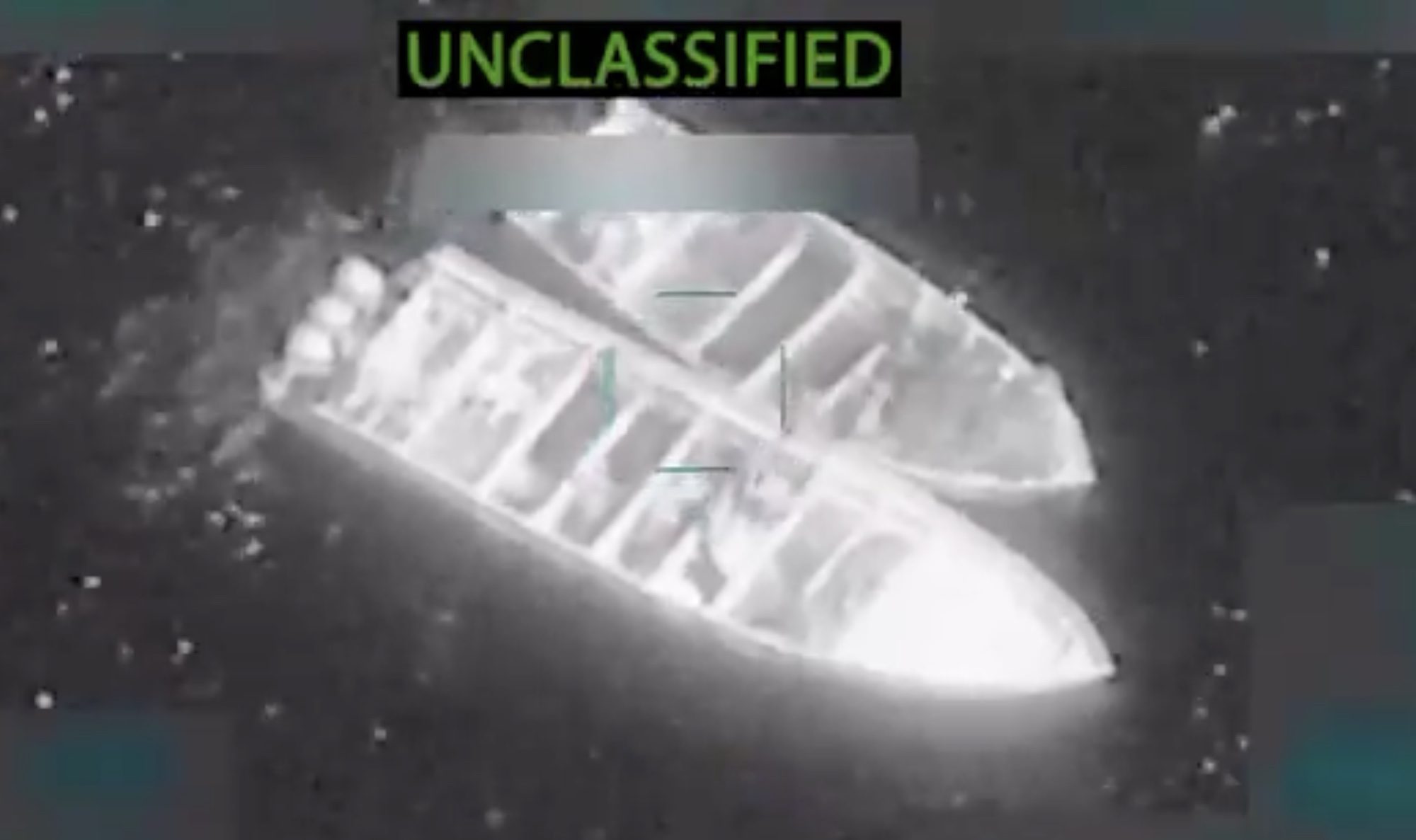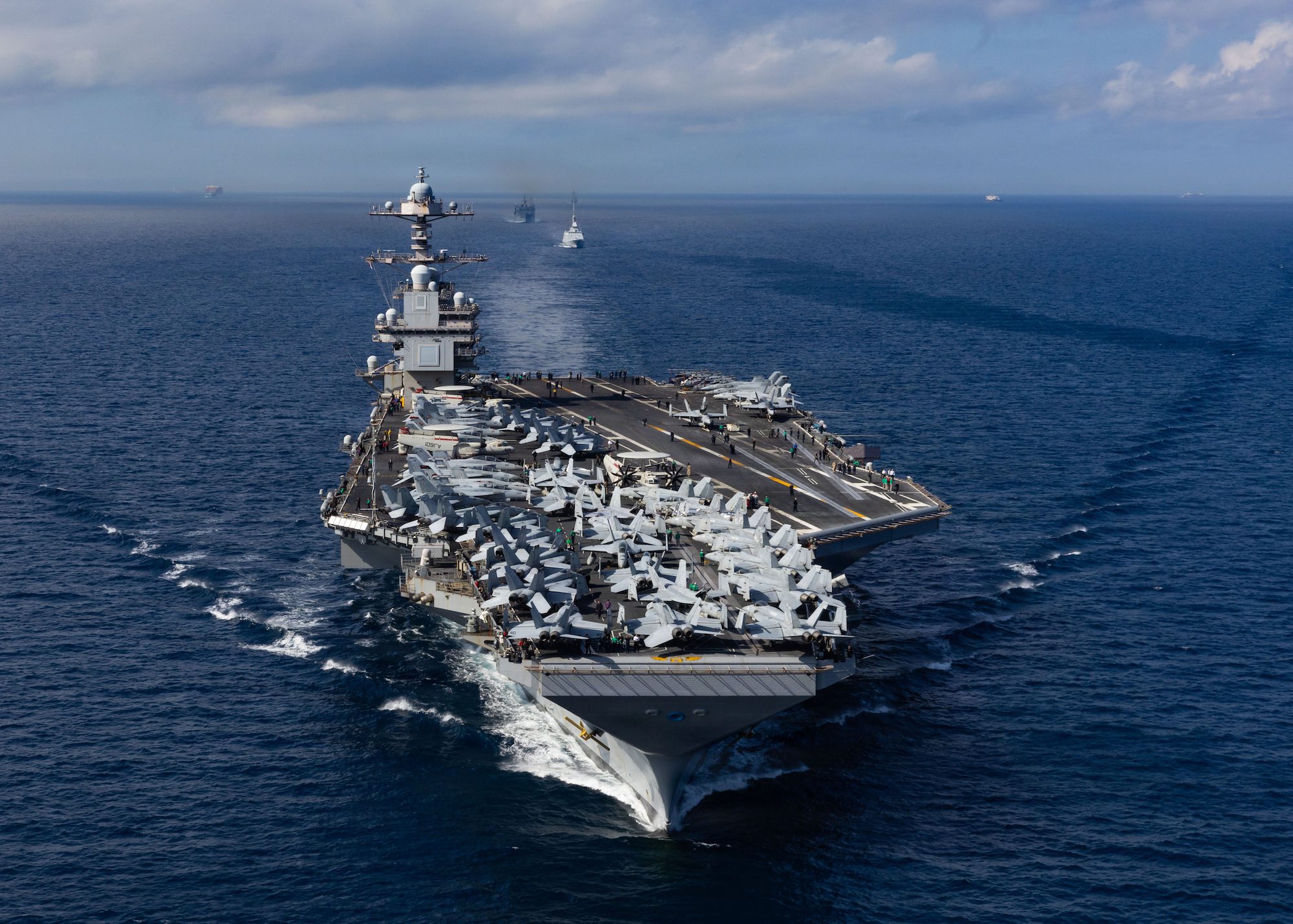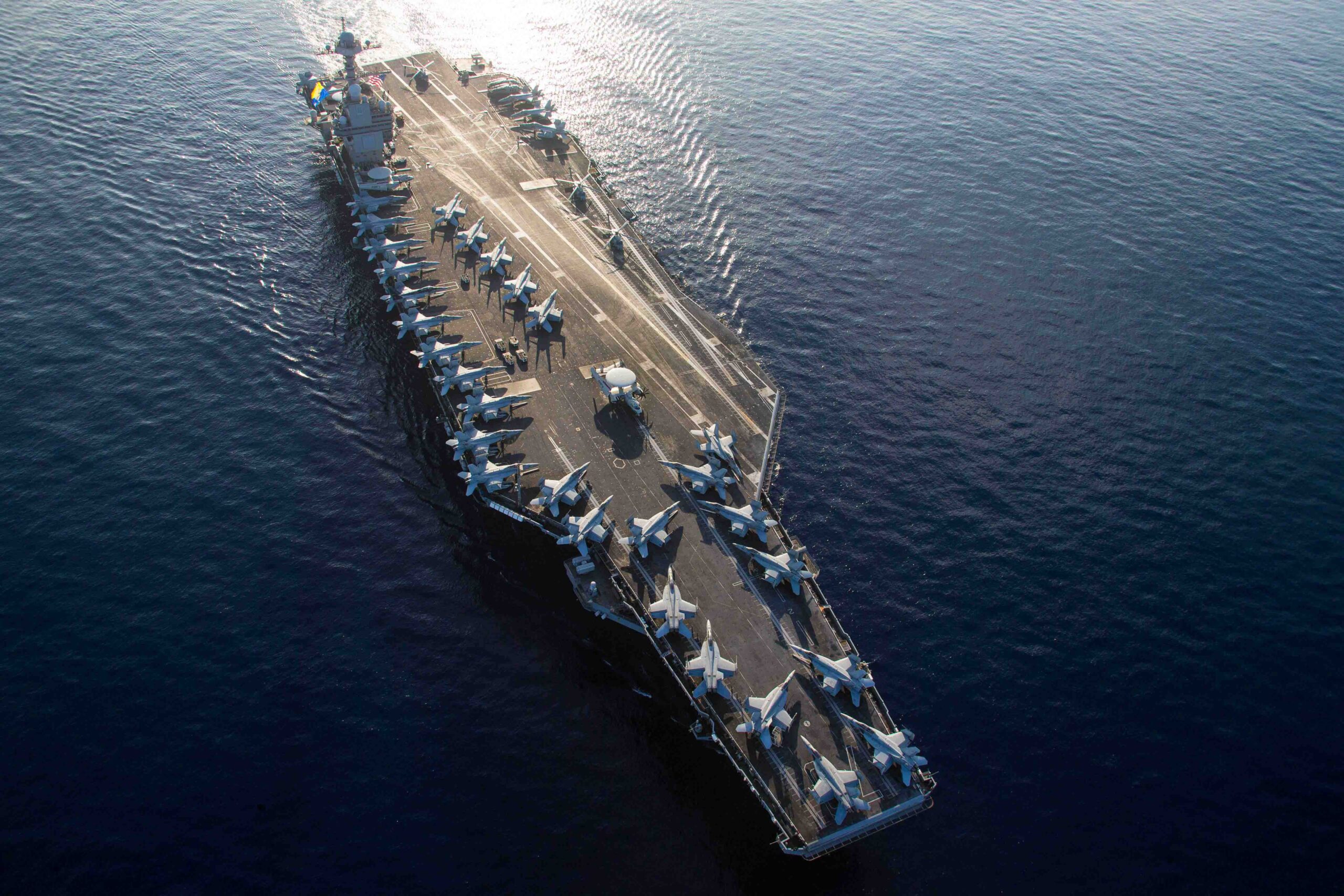By Jon Herskovitz (Bloomberg) The missiles the US has accused North Korea of sending to Russia appear to be from its newest family of nuclear-capable rockets that are easy to hide, quick to deploy and hard to shoot down.
Images provided by the US indicate they are North Korean Hwasong-11s, a wide class of short-range ballistic missile that can reliably hit targets with a high degree of precision, weapons experts say.
Since the missiles are among the newest in Kim Jong Un’s arsenal, he is likely extracting significant compensation from Russian President Vladimir Putin in exchange. They’re priced at about $5 million each, according to data compiled by the Korea Institute for Defense Analyses and released in 2022 by South Korean lawmaker Shin Won-sik.
Read Also: Revived North Korean Port Aids Russia’s War Effort in Ukraine
The transfer of such missiles, with ranges of 400-800 kilometers (250-500 miles), increases the pool of weapons the Kremlin can draw upon to attack Ukraine as the war launched by Putin in early 2022 grinds toward a third year. Moscow, meanwhile, is likely providing Kim with weapons, cash and commodities that help prop up his sanctions-hit economy.
Weapons expert Joost Oliemans said images of missile parts located in Ukraine are a “dead match for the Hwasong-11 family.”
Since 2019, the bulk of North Korea’s ballistic tests have involved two variations on this group, which the outside world has dubbed KN-23 and KN-24. North Korea has fired about 120 of them, mostly from mobile launchers. But it has also also shot them off from train carriages, submerged platforms on lake beds and used them in simulated nuclear attacks in which it detonated a mock nuclear warhead that had conventional explosives.
Although the KN-23 and KN-24 may have been modeled after Russia’s Iskander ballistic missile, many experts see the North Korean rockets as being home-grown, built without reliance on Russia.
“They could have an important impact, if only by offering a different set of capabilities and flight characteristics than the Iskander,” said Oliemans, who co-authored a book titled The Armed Forces of North Korea.
“We may expect the benefits to be highly profitable for the North Koreans,” he said of the supply of missiles as well as vast amounts of artillery munitions, adding that one thing Kim may receive in return is military aircraft.
Weapons expert Jeffrey Lewis posted on the X social media platform that based on an examination of the images of missile debris found in Ukraine, “the case for this being a Hwasong-11 variant is very, very strong.”
The US believes Russia used the North Korean-provided missiles in at least two attacks on Ukraine on Dec. 30 and Jan. 2, White House spokesman John Kirby told reporters Thursday. Russia plans to continue using North Korean ballistic missiles — which can be fired from as far as 550 miles away — in the coming weeks, Kirby said, without detailing how the US obtained the intelligence.
If the missiles turn out to be from the Hwasong-11 family, their use by Russia could mark their first test against US-backed air defense systems employed by Ukraine.
The missile shipments came after the US and South Korea accused North Korea of sending hundreds of thousands of rounds of munitions to Russia that are interoperable with Soviet-era systems Russia has used in its bombardment of Ukraine. Moscow and Pyongyang have denied the charges.
While Biden administration officials plan to raise the latest developments at the United Nations Security Council, there may be little that Washington can do to stop trade in illicit goods between North Korea and Russia.
Satellite imagery of North Korea’s Najin port taken from October to December shows a steady stream of ships at the facility, hundreds of shipping containers being loaded and unloaded, and rail cars ready to transport goods.
The vessels docking there appear to have turned off international maritime transponders that would reveal their location, effectively making them ghost ships as they ply the relatively short route between Najin and Dunay, a former Soviet submarine port about 180 kilometers away.
Three or four vessels have been shuttling between the ports in journeys that appear to keep them in territorial waters of the two countries, according to an analysis by the UK-based Royal United Services Institute.
Just how many missiles and mobile launchers North Korea can provide to Russia remains an open question. But ramping up production of both is a top priority for Kim.
Last August, the North Korean leader toured factories making missiles, launchers, armored vehicles and munitions, calling for a drastic increase in production of missiles and what are known as transporter erector launchers (TELs). These mobile systems designed to hold nuclear-capable missiles have been a choke point for North Korea; the more TELs it can roll out, the greater the number of missiles it can fire in a first strike, or retaliatory strike, on South Korea and Japan.
Kim started 2024 with a visit to a TEL factory, calling again for increased production. A key priority is to produce “various TELs for tactical and strategic weapons in ceaselessly bolstering the nuclear war deterrent of the country and the operational demand of our army,” state media reported him as saying.
© 2024 Bloomberg L.P.

 Join The Club
Join The Club










